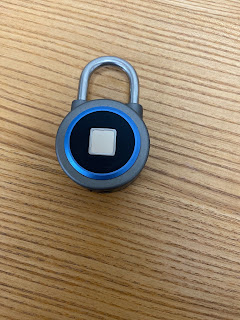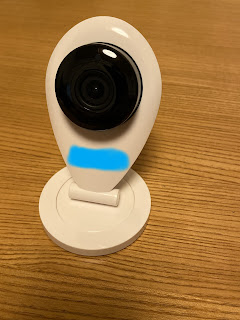BLE sniffing with UbertoothOne

This time, I'd like to try monitoring smartlock's BLE packets with Ubertooth One. Smartlock use this dongle and Ubertooth One Find BLE device check BLE dongle is connected. ➜ ~ sudo hciconfig hci0: Type: BR/EDR Bus: USB BD Address: 00:1A:7D:DA:71:13 ACL MTU: 310:10 SCO MTU: 64:8 UP RUNNING PSCAN RX bytes:622 acl:0 sco:0 events:38 errors:0 TX bytes:952 acl:0 sco:0 commands:38 errors:0 Let's find BLE devices ➜ ~ sudo hcitool lescan LE Scan ... 30:F8:3F:06:4F:6F (unknown) 30:F8:3F:06:4F:6F (unknown) 30:F8:3F:06:4F:6F (unknown) 18:62:E4:46:60:AB (unknown) <------ 18:62:E4:46:60:AB BlueFPL <------ 30:F8:3F:06:4F:6F (unknown) 30:F8:3F:06:4F:6F (unknown) 30:F8:3F:06:4F:6F (unknown) Then, trying gatttool. Peripheral is defined by service and characteristic. Each service contains charateristics which contains data. ➜ ~ sudo gatttool -I -b 18:62:E4:46:60:AB [ ][18:62:E4:46:60:AB][LE]> connect [CON][18:62:E4:46:60:AB][LE]> primary [CON][18:

